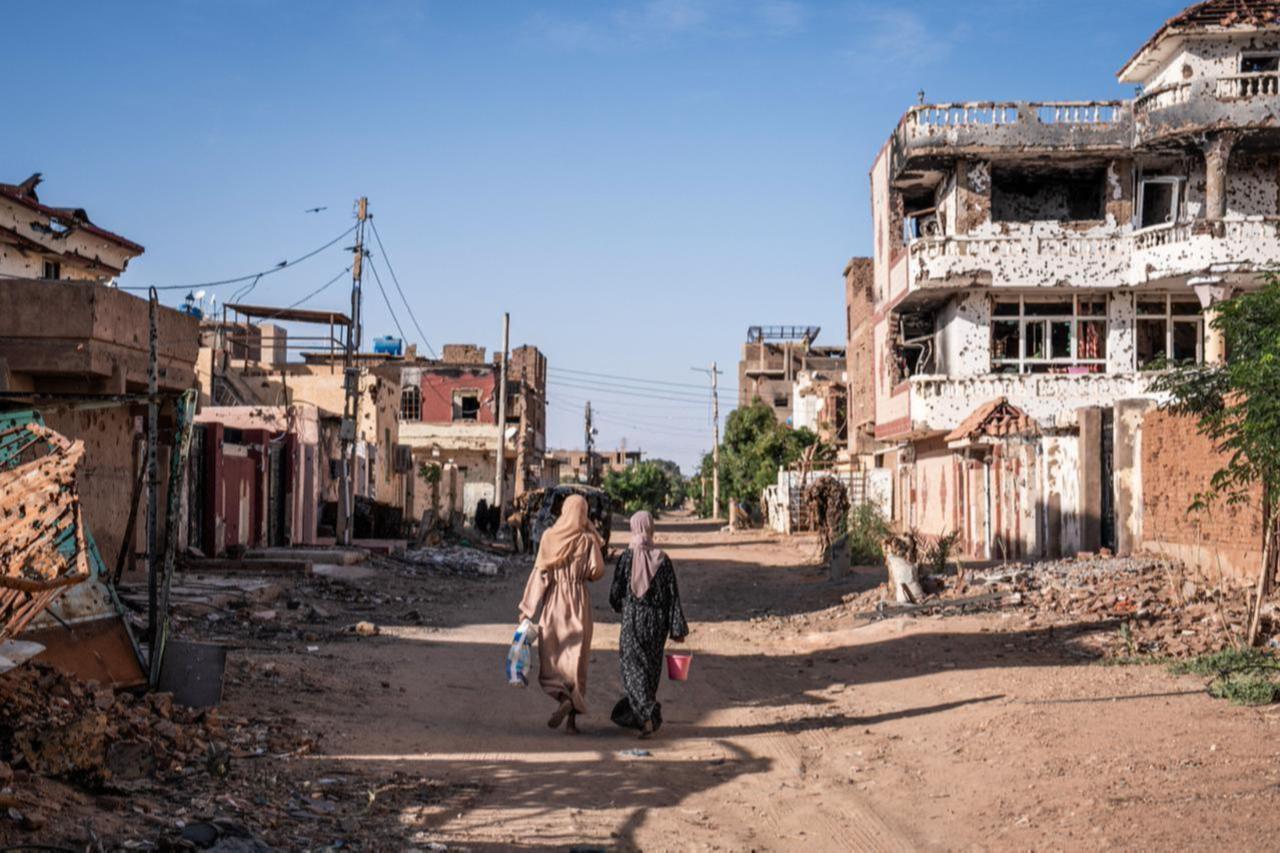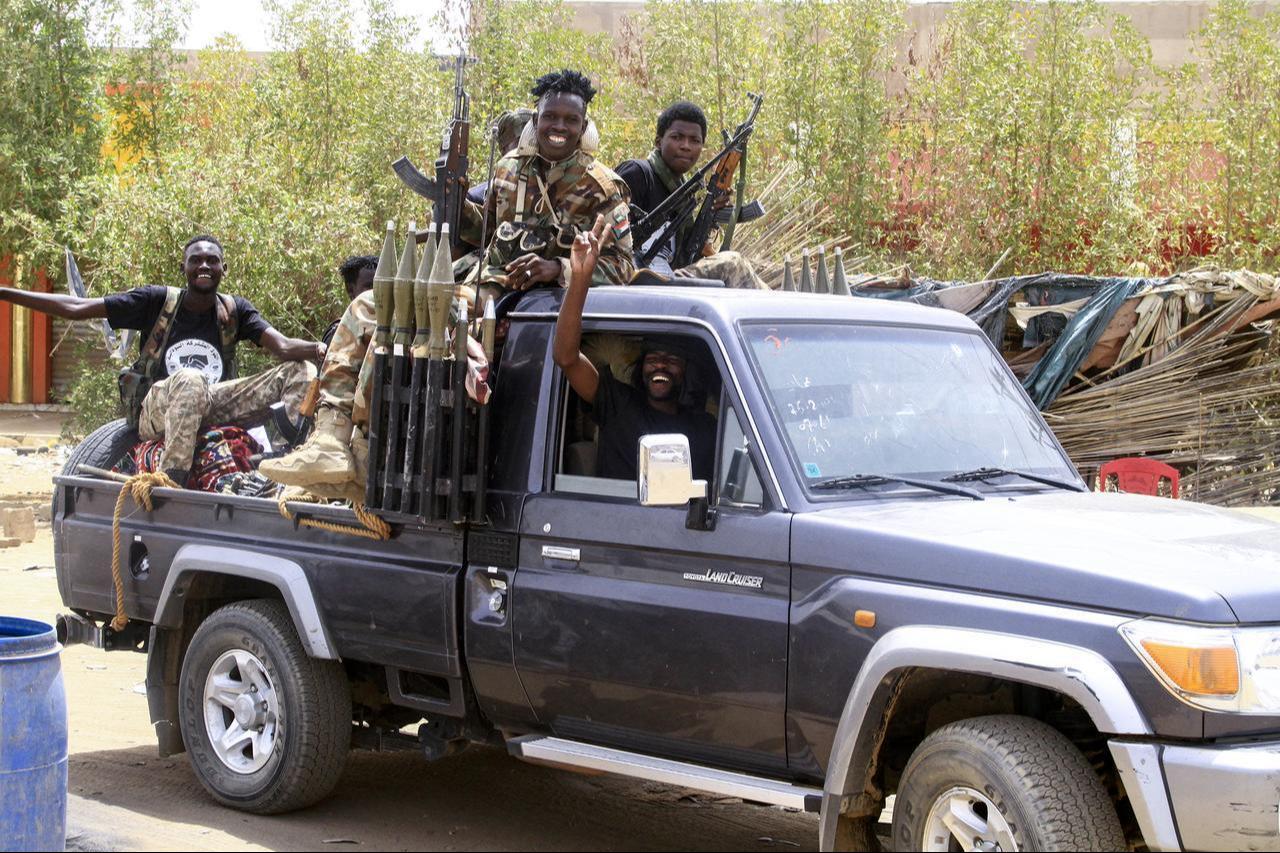
The recent capture of el-Fasher by the forces of renegade commander Mohamed Hamdan Dagalo, known as “Hemedti,” has pushed Sudan back into global headlines. The assault on the city was accompanied by shocking, self-recorded footage of killings and abuses. It generated an international outcry, forcing even Hemedti’s usual backers to acknowledge the scale of the atrocities.
Yet what the world saw represents only a fraction of the violations committed. Many of the crimes that circulated online were documented not by human rights groups, but by fighters themselves, who were evidently unaware that their displays of momentary bravado would later serve as evidence of systematic brutality. The footage revealed an indiscriminate approach to violence: no distinction between civilian and combatant, man or woman, adult or child.
Importantly, el-Fasher is not an exception. It is consistent with the pattern of Janjaweed behavior observed in areas they have entered for the past two decades. Warnings about the city’s potential fall were rooted in similar experiences from towns such as Babnousa, Dilling, and Bara—all of which suffered sieges, displacement, and abuses long before the world turned its attention to northern Darfur.
El-Fasher’s fall alarmed regional actors because it effectively gave Hemedti full control over western Sudan. For many, this raised concerns about a de facto separatist project emerging in the region, one that could reshape borders and destabilize the Horn of Africa.

Following the takeover, Hemedti attempted to ease international pressure by delivering a message with two components. First, he denied responsibility for the documented atrocities, promising to prosecute the perpetrators. His forces even staged the arrest of a widely recognized figure involved in previous killings. This effort was aimed at recasting systematic crimes as isolated acts, an unconvincing claim given the long history of Janjaweed violence.
Second, he asserted that he opposed any division of Sudan and remained committed to a unified state. This message was directed primarily at external audiences, reflecting an awareness that regional and global powers reject any scenario involving the establishment of a new state in the region.
Amid this turmoil, a central question resurfaced: Are the Janjaweed foreign mercenaries, as some claim? And why is there a persistent push to label them this way?
A proper answer requires returning to the early 2000s, when rebellion intensified among Darfur’s non-Arab tribes. Convinced that the Sudanese army was ill-suited for the terrain and nature of the conflict, the government resorted to mobilizing tribal militias, particularly Arab tribes who had long-standing disputes with the rebels. For these groups, aligning with the state was an opportunity: a chance to gain weapons and political backing to dominate their local rivals.
It was in this environment that Hemedti rose to prominence as a young commander capable of mobilizing fighters. His core support came from his clan, the Jana Junaid (Junaid sons), from whom the term “Janjaweed” later evolved. Many saw the conflict as a path to power, land, and influence under the protection of the state.

At that time, neither the government nor local communities labeled these fighters as foreign. The state did not object if Hemedti recruited from cross-border tribal networks, communities whose ethnic and familial ties predated Sudan’s modern borders. For authorities, defeating the rebellion mattered far more than determining who qualified as “authentically” Sudanese.
Two decades of fighting and the state’s generous distribution of identity documents further blurred the distinction between native and non-native. Shared culture, appearance, and family ties created a reality far more complex than today’s political narratives suggest.
In contrast, a later reactionary discourse emerged claiming that all Janjaweed were foreigners and therefore illegitimate. This view collapses under scrutiny. How many generations must pass before a tribe is considered a full part of Sudan’s social fabric? And would such criteria be applied universally or selectively to Hemedti’s group alone?
When discussing mercenaries, it is important to separate two truths:
1. Yes, the Janjaweed have incorporated foreign fighters from neighboring states and even from distant countries such as Colombia.
2. But, the backbone of the movement remains local tribal groups who share Hemedti’s vision of overturning Sudan’s social hierarchy. They view themselves as long-marginalized communities seeking to move from the periphery to the center of political power.
Those who insist on framing the Janjaweed as purely foreign mercenaries often do so for political and social reasons. The narrative helps absolve certain local communities of responsibility by suggesting that the crimes were committed primarily by outsiders. It converts a complex internal conflict into a simplified story of external aggression.

This framing also reflects a pragmatic attempt to preserve whatever remains of Sudan’s social cohesion. Many believe that after the conflict ends, Janjaweed-aligned communities will eventually seek reintegration. For wounded populations to accept them back, some have promoted a narrative that isolates blame to a small, rogue group rather than the entire tribes.
But ignoring local complicity will not bring justice, nor will exaggerating foreign involvement heal Sudan’s fractured society. A realistic approach requires acknowledging both the internal drivers of the conflict and the external elements that have contributed to its escalation.
Sudan’s path to stability cannot be built on denial, whether political, social, or historical. Only by confronting these truths directly can Sudan begin to chart a future beyond the violence.